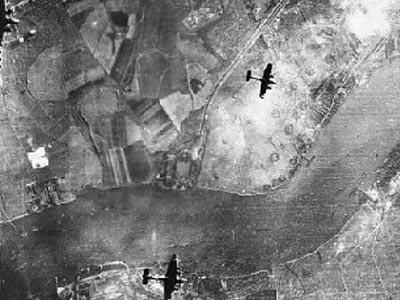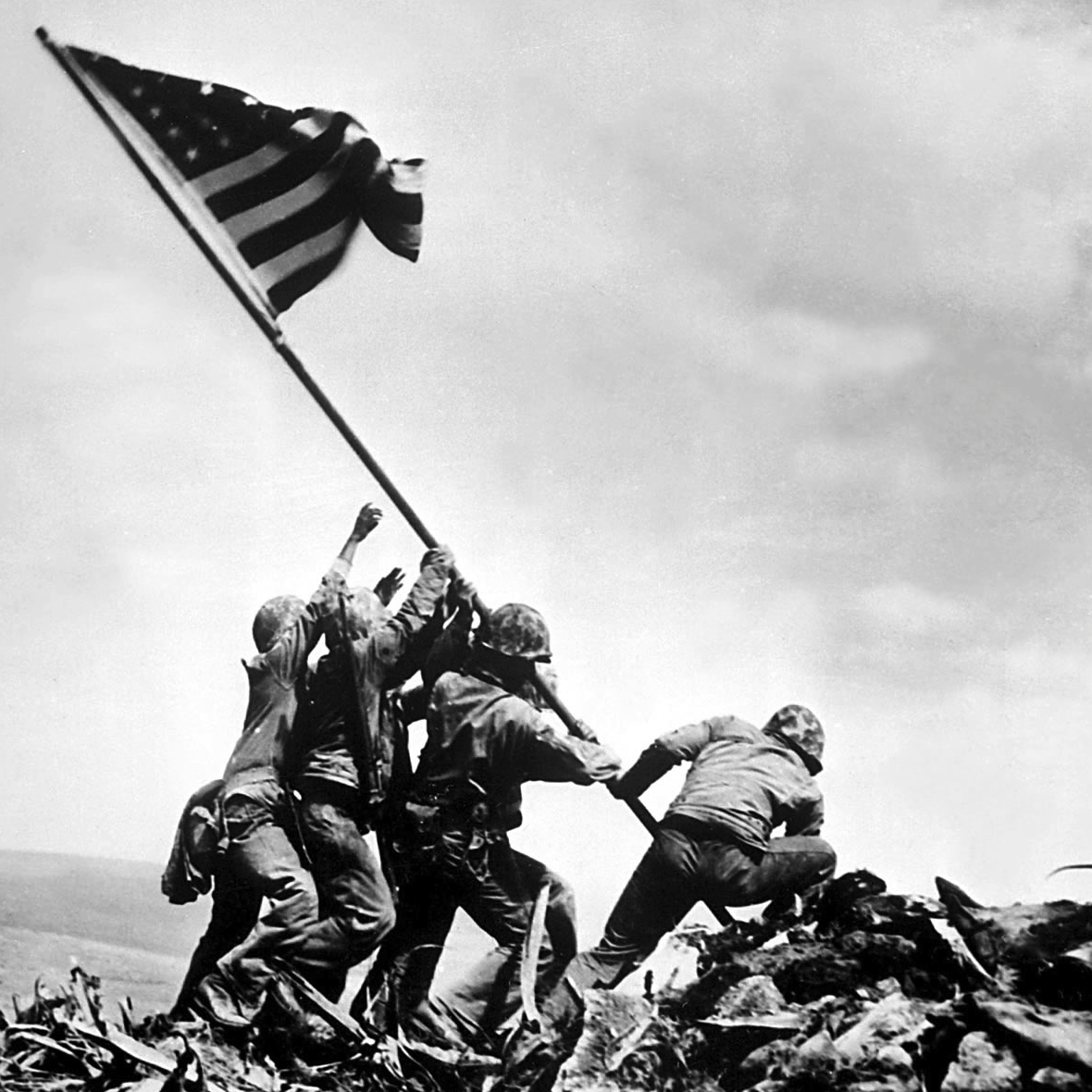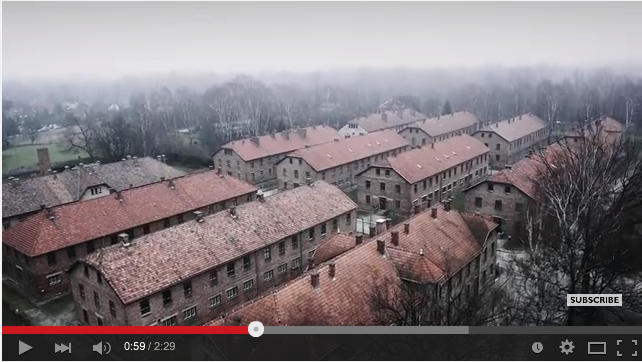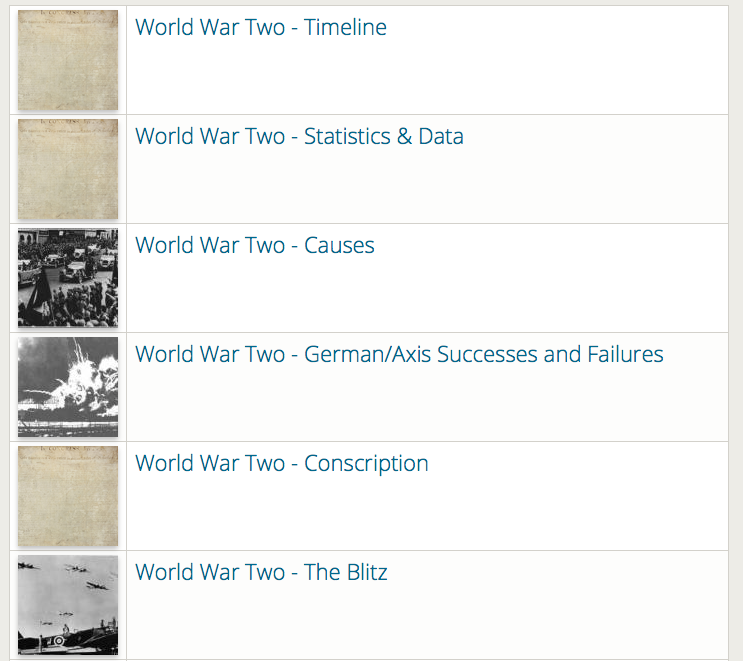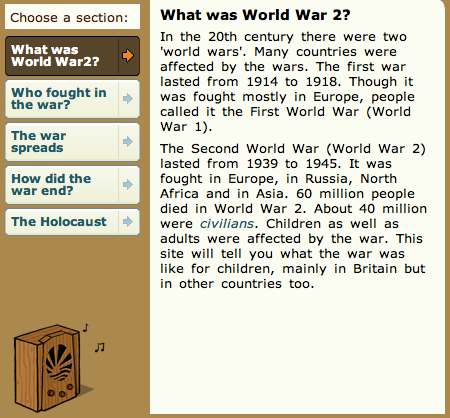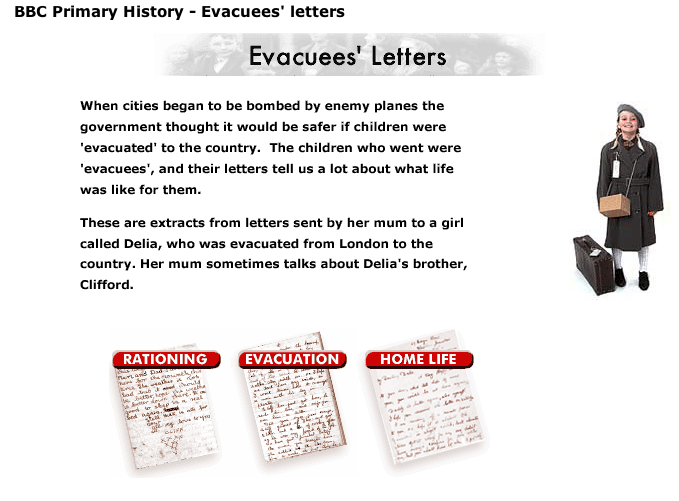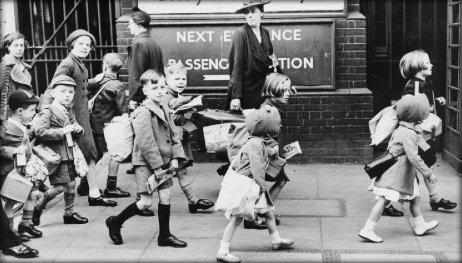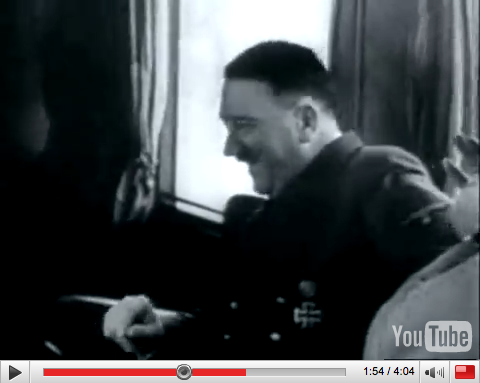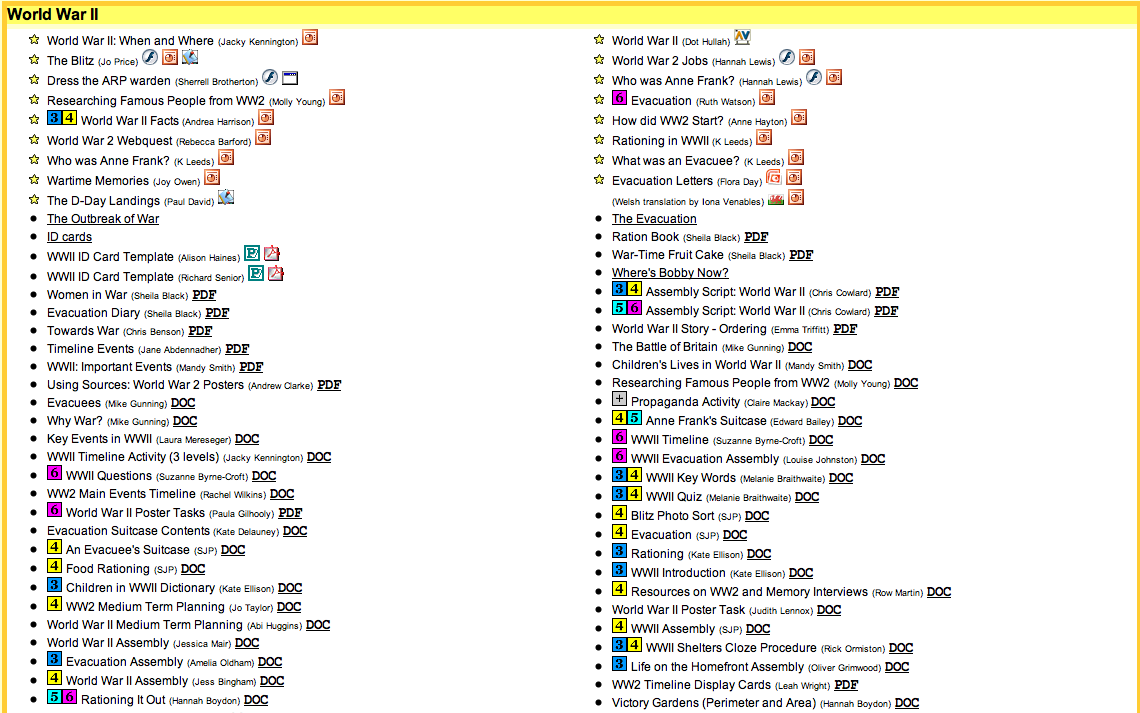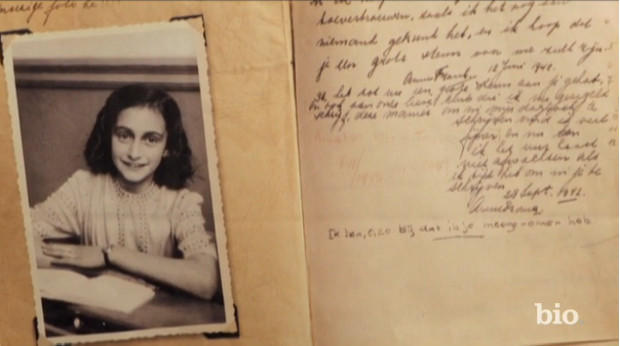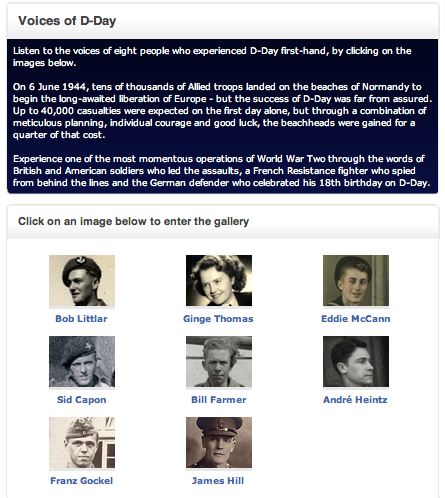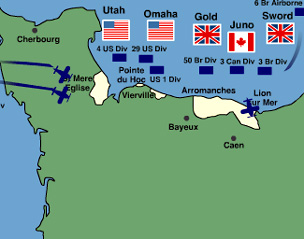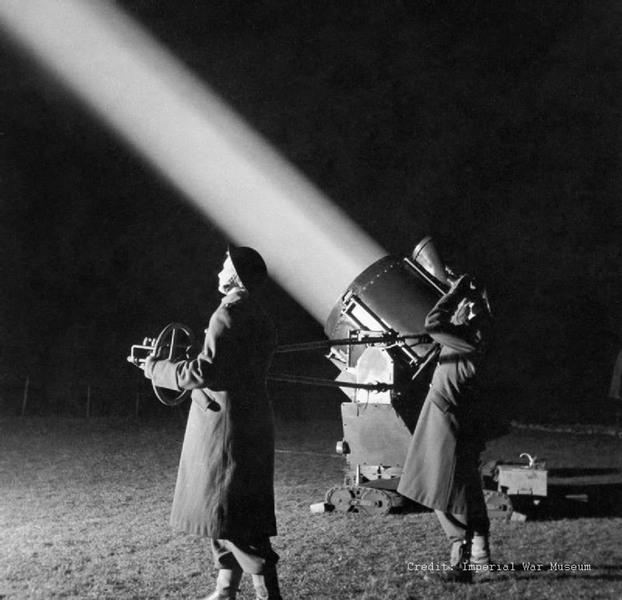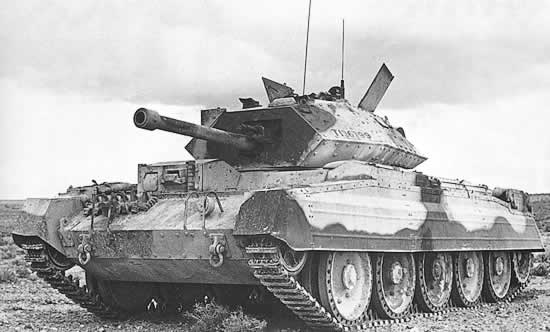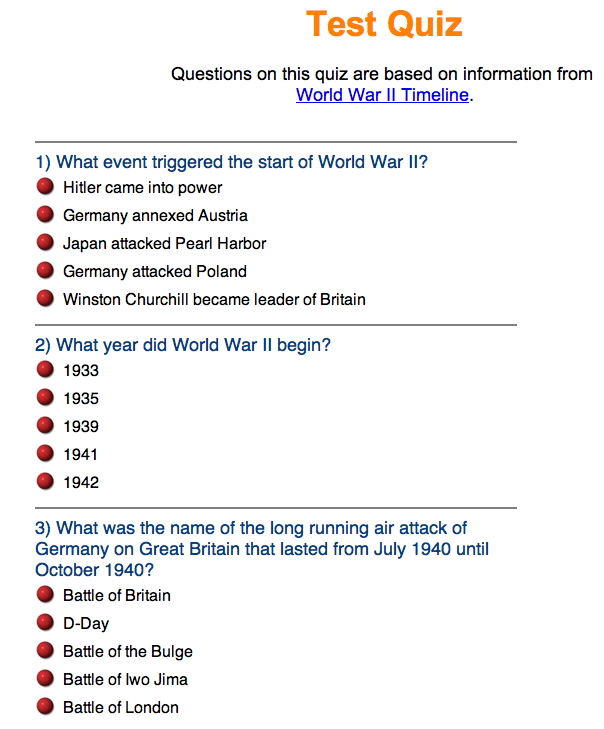World War 2
Beyond the Lines WWII Animation
Overview
This is a very smart animation that reenacts different scenes of the beach landings during D-Day. This resource highlights the deaths by releasing 'Letters for Home' into the air. It provides a good insight to the chaos, panic and terror surrounding the soldiers. Look carefully around the setting and you will get clues that the story isn't all it seems. A visual story with a heartfelt message.
The main focus for this lesson is linked to literacy and writing a simple recount statement for a newspaper article. This can also be used to write a first person narrative.
Teaching Ideas:
1. Historical research on the landing beaches and the nationality of the troops
2. Hot-seating activities and character study
3. Linked to PDMU and Feelings
World War II Short Film
This is a very smart animation that reenacts different scenes of the beach landings. This resource has a hint of authenticity and provides a good insight to the chaos, panic and terror surrounding the soldiers. Two boys enter the war zone which hints that this story is not all it seems.
A visual story with a heartfelt message.
Teaching Ideas
– Discuss thoughts and feelings of the soldiers in the different situations. Pause the screen at certain moments and allow children to create thought bubbles and stick them to the screen.
– Create a narrative in first person as a boy, grandfather, soldier or grandmother.
– Create a letter home to a family member.
– Questions and Answers with Grandfather.
– Create a setting word and key vocabulary bank
Overall a fantastic resource when looking at WWII
Blitz of Britain
Click the image to learn more about a variety of events linked to the Blitz of Britain using the information from the Imperial War Museum, Manchester. This museum provides school trips and is a fantastic way for your children to learn more about WW2 through a variety of interactive resources. To learn more about the museum visit http://www.iwm.org.uk/visits/iwm-north.
Click the image to see how people in the UK and day to day life were affected.
Picture Resources
For almost six years from 1939 to 1945 Britain fought the toughest war it had ever experienced. World War II was total war – every person, every business, every service was involved.
Britain did not fight alone, the war also involved many countries. World War II involved 61 countries with 1.7 billion people (three quarters of the world’s population).
Fifty million people lost their lives and hundreds of millions people were injured.
Auschwitz
This video resource has been taken by a drone and shows the Auschwitz-Birkenau concentration camp as it is today – 70 years after it was liberated by Soviet troops.
Auschwitz is a concentration camp located in Poland and is now maintained as a World Heritage Site. The camp is visited by thousands of tourists and survivors every year.
Auschwitz was the largest camp established by the Germans during World War II. More than a million people – the vast majority of them Jews – died there between 1940, when it was built, and 1945, when it was liberated by the Soviet army.
The video shows the railway tracks into Auschwitz-Birkenau – Trains filled with victims from throughout occupied Europe arrived at the camp almost every day between 1942 and the summer of 1944.
Ruins of wooden huts at Birkenau – Birkenau (or Auschwitz II) was erected in 1941 solely as a death camp, the wooden huts are now in ruins with only brick fireplaces and chimneys remaining.
Entrance to Auschwitz I -The wrought-iron sign over the entrance bears the words Arbeit Macht Frei – “Work sets you free”.
Auschwitz I – The brick-built buildings were the former cavalry barracks of the Polish Army.
Courtyard between blocks 10 and 11 at Auschwitz I – Block 11 was called “the Block of Death” by prisoners. Executions took place between Block 10 and Block 11 and posts in the yard were used to string up prisoners by their wrists.
Everything on WW2
This resource provides you with everything you and your children need to know about World War 2.
You can browse through original sources, pictures and text to ensure your children are getting the most accurate knowledge of WW2.
WW2 Overview
A fantastic World War 2 collection of resources that have been broken down into sub-categories for easy navigation and reading.
Evacuees' Letters
Why was evacuation introduced by the Government?
The British government was worried that a new war might begin when Hitler came to power in 1933. They were afraid that British cities and towns would be targets for bombing raids by aircraft.
The first official evacuations began on September 1 1939, two days before the declaration of war.
A second evacuation effort was started after the Germans had taken over most of France. From June 13 to June 18, 1940, around 100,000 children were evacuated (in many cases re-evacuated).
When the Blitz began on 7 September 1940, children who had returned home or had not been evacuated were evacuated. London’s population was reduced by a little less than 25%.
Evacuation Facts
Here are some facts about the evacuation of children and mothers from cities to the countryside which took place in Britain during World War 2.
Blitzkrieg
A German term for “lightning war,” blitzkrieg is a military tactic designed to create disorganization among enemy forces through the use of mobile forces and locally concentrated firepower.
It was an innovative military technique first used by the Germans in World War Two and was a tactic based on speed and surprise. Blitzkrieg relied on a military force be based around light tank units supported by planes and infantry (foot soldiers). The tactic was based on Alfred von Schlieffen’s ‘Schlieffen Plan’
Anne Frank Video Clip
A great resource exploring the short life of Anne Frank.
Born on June 12, 1929, in Frankfurt, Germany, Anne Frank lived in Amsterdam with her family during World War II. Fleeing Nazi persecution of Jews, the family went into hiding for two years; during this time, Frank wrote about her experiences and wishes. She was 15 when the family was found and sent to the camps, where she died. Her work, The Diary of Anne Frank, has gone on to be read by millions.
D-Day Landings - Voices
It was an invasion, the biggest one in history. It’s a key date in the story of the second world war.
The whole operation was codenamed Overlord. It happened on 6 June 1944 after five years of war with Germany.
Listen first hand to the people who experienced D-Day. The clips have been broken down into sections for easy navigation.
D-Day Map
Animated resource showing the different attacks on German Soldiers during the D-Day Landings.
Projector and Gunner
This is a 90cm anti-aircraft projector or searchlight.
They were used at night to light up enemy planes. This made it easier for the gunners and night fighter pilots to find targets.
Each searchlight was operated by ten men. By the end of 1940, the Royal Artillery had 62 searchlight regiments, each with up to 96 searchlights.
British Tanks (List)
A list of all the tanks used by the British and Allied soldiers in World War 2.


